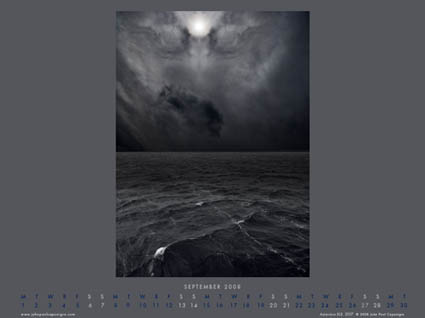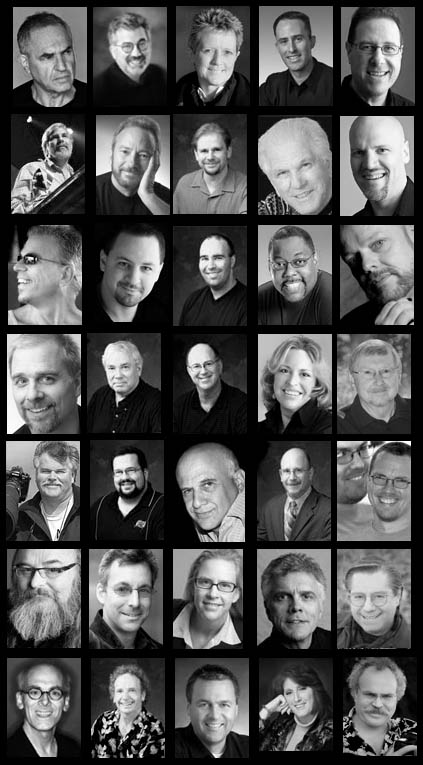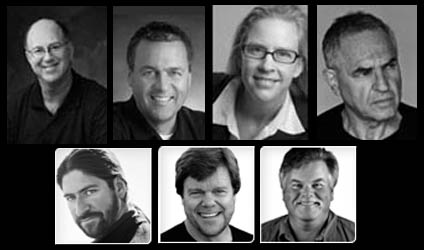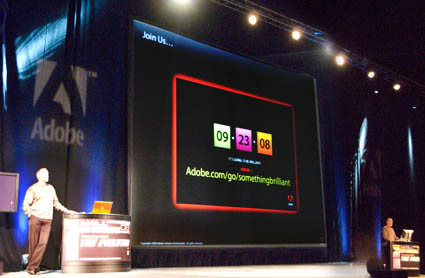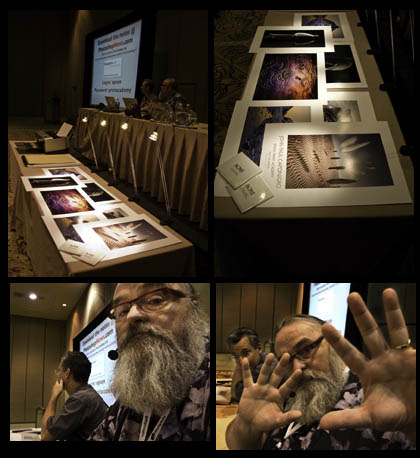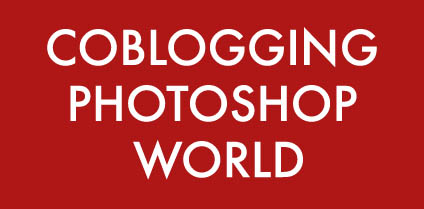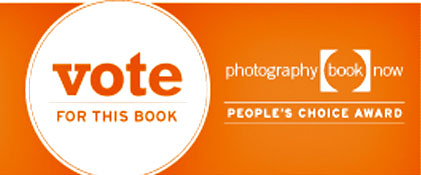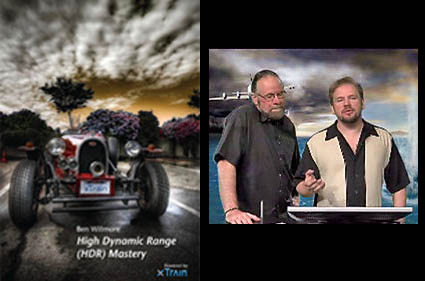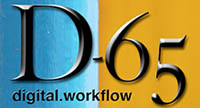Picture Perfect South American – Cruising Through Life
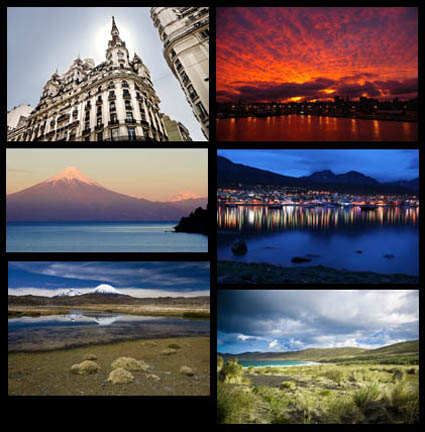
Vincent Versace, Laurie Excell, and I will be coteaching in a South America cruise February 5-17.
There are some fabulous landings scheduled. Find out more here.
M, February 5 6 PM Valparaiso, Chile
T, February 6 At Sea
W, February 7 7 AM – 6 PM Puerto Montt, Chile
T, February 8 At Sea
F, February 7 AM – 8 AM Pio Xi Glacier, Chile
S, February 10 6 AM – 7 PM Punta Arenas, Chile
S, February 11 12 PM – 8 PM Ushuaia, Argentina
M, February 12 8 AM – 9AM Cape Horn
T, February 13 8 AM – 6 PM Port Stanley, Falkland Islands
W, February 14 At Sea
R, February 15 At Sea
F, February 16 8 AM – 5 PM Montevideo, Uruguay
S, February 17 6 AM Buenos Aires, Argentina
What do we do at sea? Seminars. Find out more here.
T February 6
9-11 Excell Photography Basics
3-5 Excell Beyond the Basics
R, February 4
9-11 Caponigro Illuminating Creativity
3-5 Caponigro 6 Simple Steps to Good Color Management
F, February 6
9-11 Caponigro Creating a Master File
1-2 Caponigro Essential Camera Tests
4-6 Versace Lighting on a Laptop Like a Sunbeam
S, February 8
9-11 Caponigro Creative Sharpening
M, February 9
9-12 Caponigro The Power of Color
1-3 Caponigro Black & White Mastery
4-6 Caponigro The Art of Masking
T, February 11
9-12 Versace Lighting on a Laptop Like a Sunbeam
1-3 Versace Seeing Is Believing
4-6 Versace Image Harvesting
W, February 12
9-12 Versace Retouching on a Laptop
1-3 Versace Unleashing the Raw Power of Capture NX
4-6 Versace Framing Versus Composition
What do you do with the little remaining time? Have a great meal at one of the many onboard restaurants. Get a message at one of the onboard spas. Go swimming in the pools and hot tubs. Or, enjoy retail therapy in the onboard shops. Find out more here.
Want to come? Sign up now here!
Insights Members get $1000 off. This offer is good for the next 5 members that register only.


